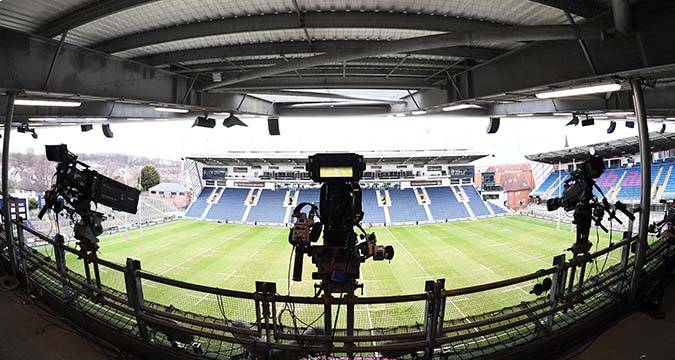 CHARTERING the broadcasting of rugby league is quite a simple one, really.
The first television programme had been introduced by the British Broadcasting Company (BBC) back in November 1936.
From that incredible creation to 22 years later, the television - that lump of glass and metal as we know it - was broadcasting rugby league on a consist
CHARTERING the broadcasting of rugby league is quite a simple one, really.
The first television programme had been introduced by the British Broadcasting Company (BBC) back in November 1936.
From that incredible creation to 22 years later, the television - that lump of glass and metal as we know it - was broadcasting rugby league on a consist Rugby league broadcasting – the past, the present and the future: BBC, Sky Sports and Channel 4
 CHARTERING the broadcasting of rugby league is quite a simple one, really.
The first television programme had been introduced by the British Broadcasting Company (BBC) back in November 1936.
From that incredible creation to 22 years later, the television - that lump of glass and metal as we know it - was broadcasting rugby league on a consist
CHARTERING the broadcasting of rugby league is quite a simple one, really.
The first television programme had been introduced by the British Broadcasting Company (BBC) back in November 1936.
From that incredible creation to 22 years later, the television - that lump of glass and metal as we know it - was broadcasting rugby league on a consist 